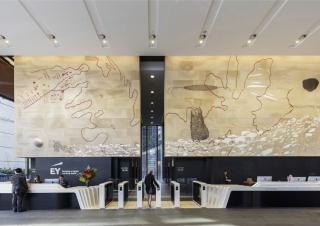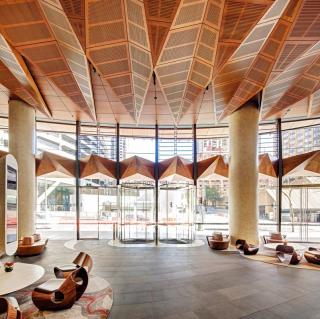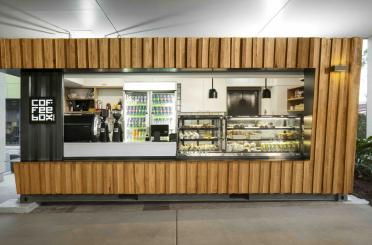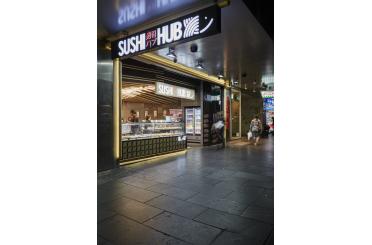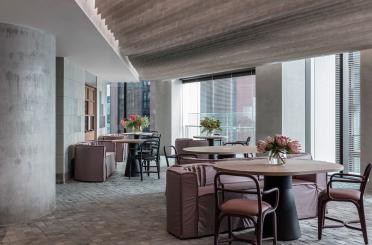200 George Street
Sydney NSW 2000
Australia
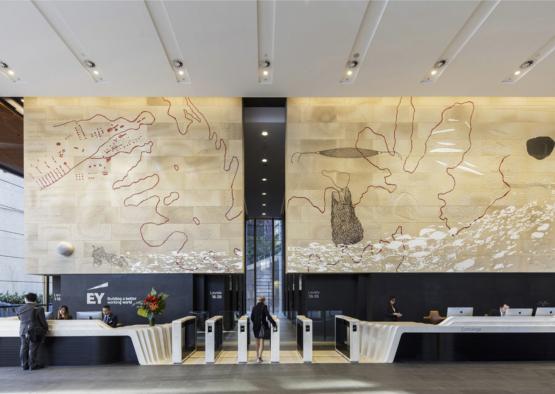
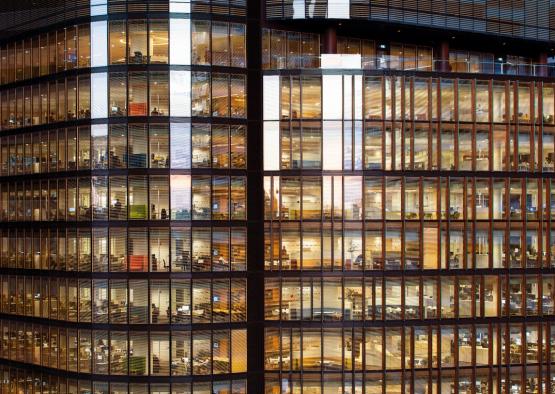

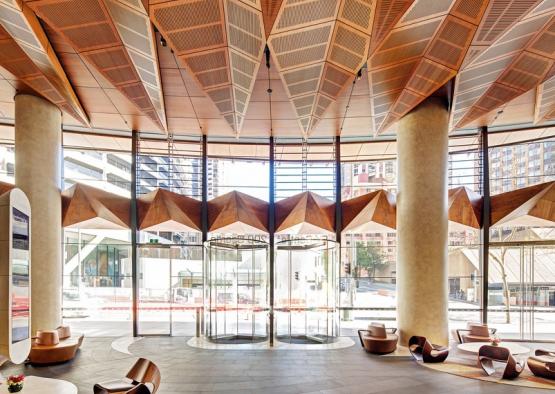
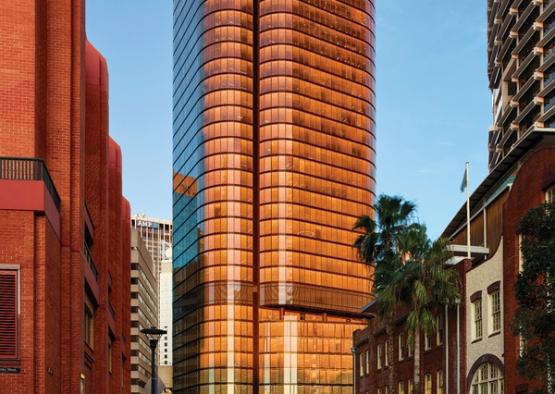
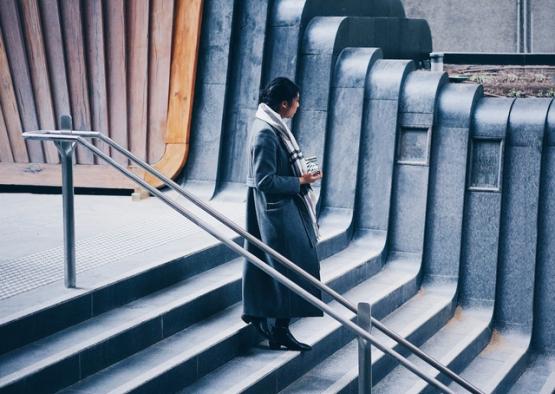
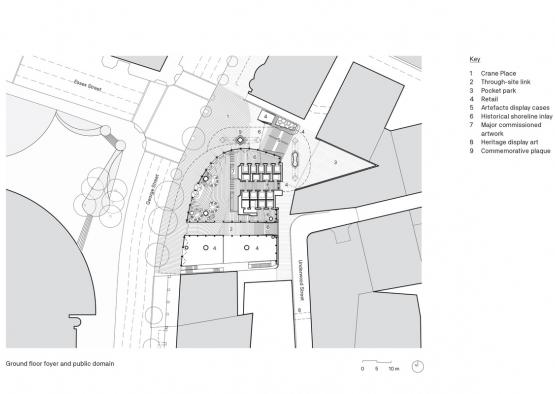
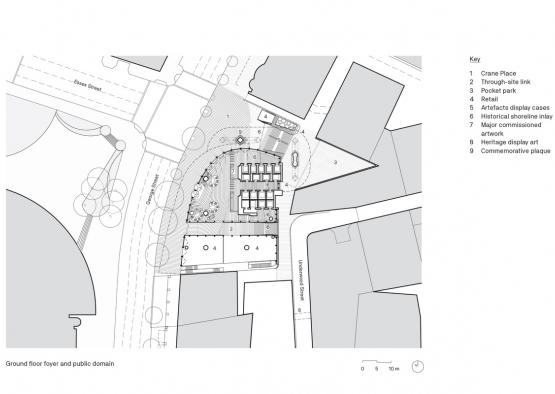
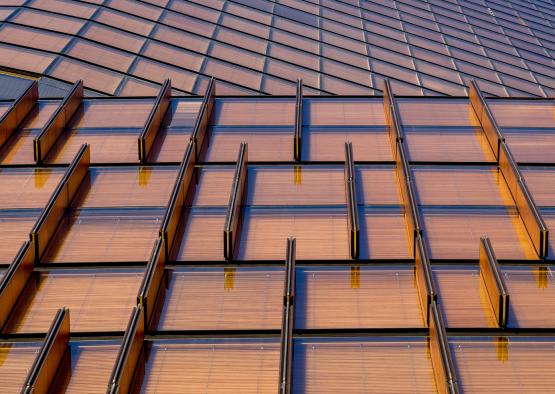
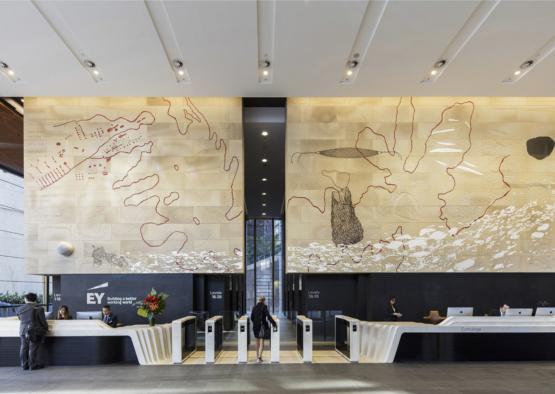
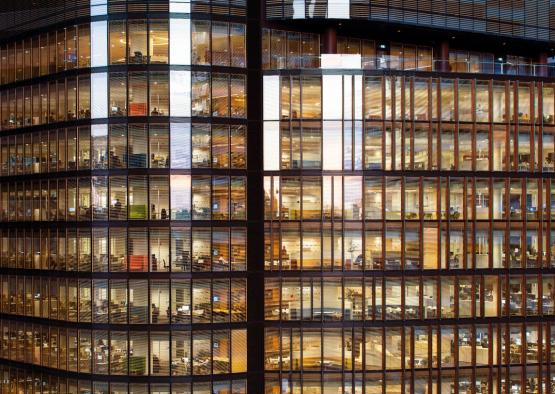
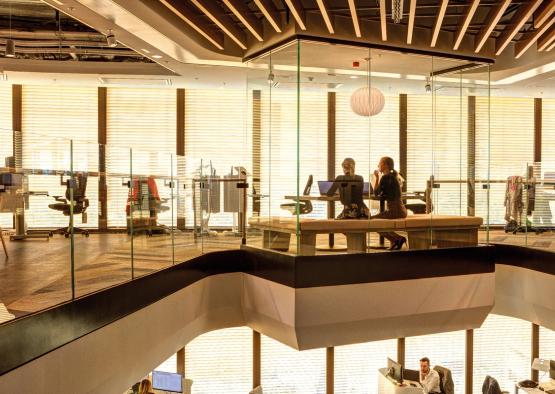
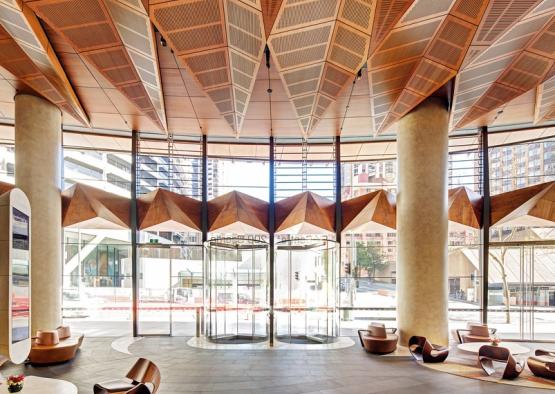
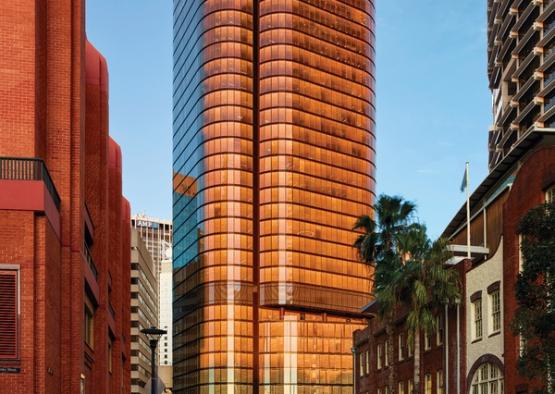

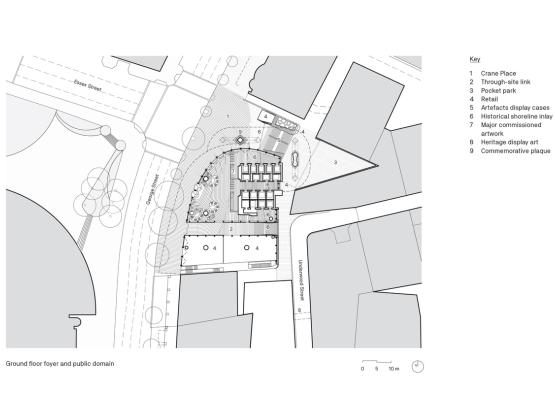
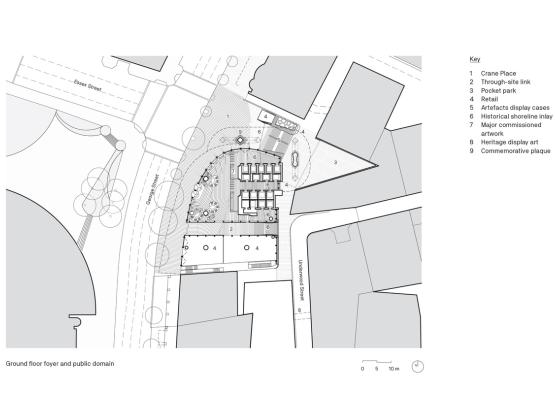

Overview
Positioned at the edge of Sydney’s Tank-Stream, the EY Centre was envisaged as a different type of city tower; warm, human and responsive, designed in order to create a healthy and sustainable workplace. fjmt were inspired by the sandstone of the old shoreline, and sought to create a tower that felt like an organic interpretation of the site, reinforcing the unique sense of place. To this end, the yellow block sandstone upon which Sydney is built was quarried to clad the core of the new tower.
-33.8624553, 151.2079675
Structure
EY Tower features a world-first closed cavity facade with a timber blind system, which is highly effective at controlling the light and heat radiating from outside. This reduces the need for a large energy plant, resulting in significant cost and energy savings on heating and cooling the building. It is also Australia’s first fully LED lit building.
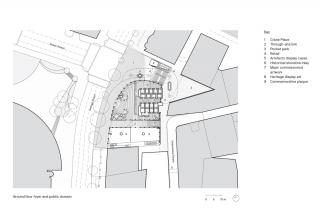
Exterior
On the ground level, to the street and public foyer, a suspended awning of folded timber planes stretch out, sheltering the footpath and reflecting light into the lobby interior. This awning was intended by the designers to curve and fold like a row of trees.
The facade of the tower is comprised of multiple layers. The outer layer is made from a single sheet of low iron clear glass, behind which is a layer of automated louvres of natural timber, located within a sealed, air-pressured cavity that is clean and dust tree. The result is a clear transparent sheen that offsets the natural glow of the wood, setting the tower apart from the grey glass buildings surrounding it. The progressively adjusting timber screen automatically responds to the position of the sun and the time of day, controlling heat load and sky glare, and filters the light into a warm timber glow that reaches deep into the interior.
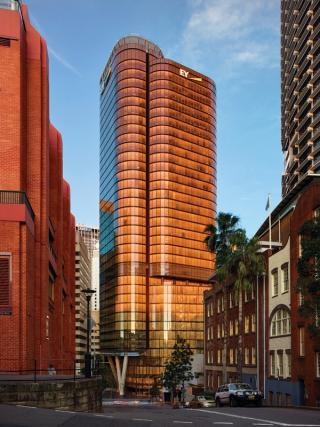
Interior
The ground floor of the new building, as well as the kiosk and public space, is formed in stone which curves and folds to create steps, and displays the site’s archaeological findings from Sydney’s colonial and Victorian-era. Carved into the sandstone core at the centre of the building is an extraordinary artwork by Aboriginal artist Judy Watson which interprets the rich cultural history of the site.
